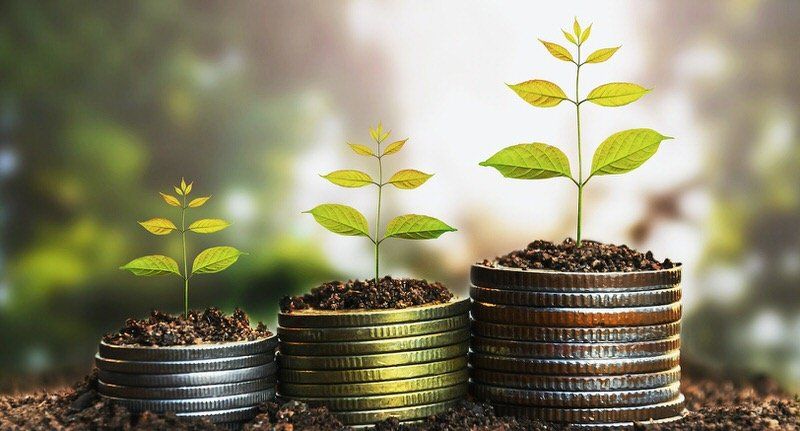RRSP Basics: Questions Answered
Guest post by Randy Cass,
Welcome to RRSP season, otherwise known as the one time of year you’ll willingly read an article with RRSP in the title. It’s not a traditionally exciting topic, we get it, but it’s an important one. A little planning now will pay off big time later. We’re going to walk you through some of the most common questions we hear. Let’s get into it!
What’s so special about the RRSP?
A Registered Retirement Savings Plan is an account (think of it as a basket) that holds savings and investments. The magic of the RRSP is twofold: contributions are made with pre-tax income, meaning you’ll get a tax refund, and investments grow inside your RRSP basket tax free. That’s right, the tax man isn’t allowed to stick his hands in there. Compound interest is left to do what it does best, grow your nest egg!
Just remember deferring tax doesn’t mean you’ll avoid paying it altogether. You’ll have to pay taxes when you withdraw money during retirement just as you would on any other income. The idea is you should be in a lower tax bracket when you retire and take out money, therefore you’ll pay less tax overall. Making sense so far?
What kinds of things can I put in there?
You can fill your RRSP basket with investments like stocks, bonds, GICs, mutual funds, ETFs, and money market funds. A common misconception is that a RRSP is an investment you purchase. It’s an account you open (think basket) and fill with investments you buy.
How much can I contribute this year?
You can contribute up to 18% of your income to a maximum of $25,370 for 2016. Your contribution room accumulates over time so if you haven’t maxed out your contributions in the past (many people haven’t!) you’ll have even more room available. Check the notice of assessment you received with last years tax return, or give CRA a call, to find out exactly how much contribution room you have. Your accountant will be able to tell you as well.
What’s this contribution deadline I’ve seen advertised?
The stretch between New Years and the contribution deadline has been dubbed “RRSP Season” which you’ve likely seen advertised at local banks. March 1st 2017 is the latest you can contribute to your RRSP and have the deduction count for the 2016 tax year.
This doesn’t mean any contributions made during January and February 2017 have to be claimed against the 2016 tax year. If you want to make a contribution now and save part or all of the deduction for 2017 (perhaps you’re expecting your income to be higher) you can do that.
How often can or should I contribute to my RRSP?
All this RRSP season hype might give you the impression you can only contribute once a year, but that’s not true! You can set up regular automatic contributions (monthly, quarterly, etc) and avoid the RRSP season rush altogether.
An unexpected expense came up, can I withdraw money from my RRSP to cover it?
You can, but it might not be your best option. Depending on how much you withdraw you’ll be charged a 10-30% penalty and you’ll have to pay income tax on that money. Keep in mind you won’t be able to re-contribute the amount you withdrew at a later date. That contribution room is lost.
Two ways you can withdraw money without penalty is under the Home Buyers Plan and the Lifelong Learning Plan. The former is eligible to first time home buyers while the latter is available if you enrol in a qualified education program.
What happens to my RRSP when I retire?
Regardless of when you decide to retire, you’ll have to close your RRSP by December 31t in the year you turn 71. You can withdraw all your money (and be hit with a hefty tax bill), purchase an annuity, or transfer it into a Registered Retirement Income Fund (RRIF). You don’t have to convert your RRSP to a RIFF when you turn 65 or at the same time you retire. You can convert it at anytime before you turn 71.
What should I consider when opening or moving my RRSP?
You’ll need to look at the fees you’re paying —these include management expense ratios (MERs) for any mutual funds or ETFs, trading commissions, and annual administration fees. You want to keep these fees low so your money can grow as much as possible. If you’re working with a financial advisor check your statements to verify how much you’re paying. If you’re looking for lower fee investment options consider going the self directed route or opening account with one of Canada’s digital wealth advisors.
We think Nest Wealth is pretty awesome, but you know, we’re biased.
That’s it for now. You made it! You’re well on your way to mastering your RRSP and reaching those retirement goals. Knowledge is power, my friends.
This is a guest post from Randy Cass , CEO of Nest Wealth, a Canadian asset management company, it was originally published on their website on January 19th, 2017.
Katherine Martin
Origin Mortgages
Phone: 1-604-454-0843
Email: kmartin@planmymortgage.ca
Fax: 1-604-454-0842
RECENT POSTS






